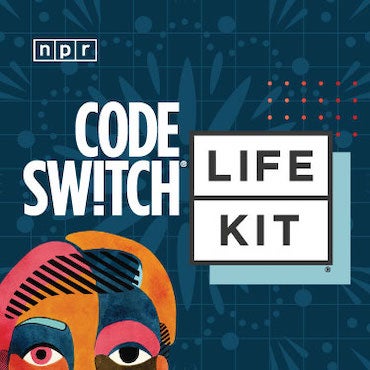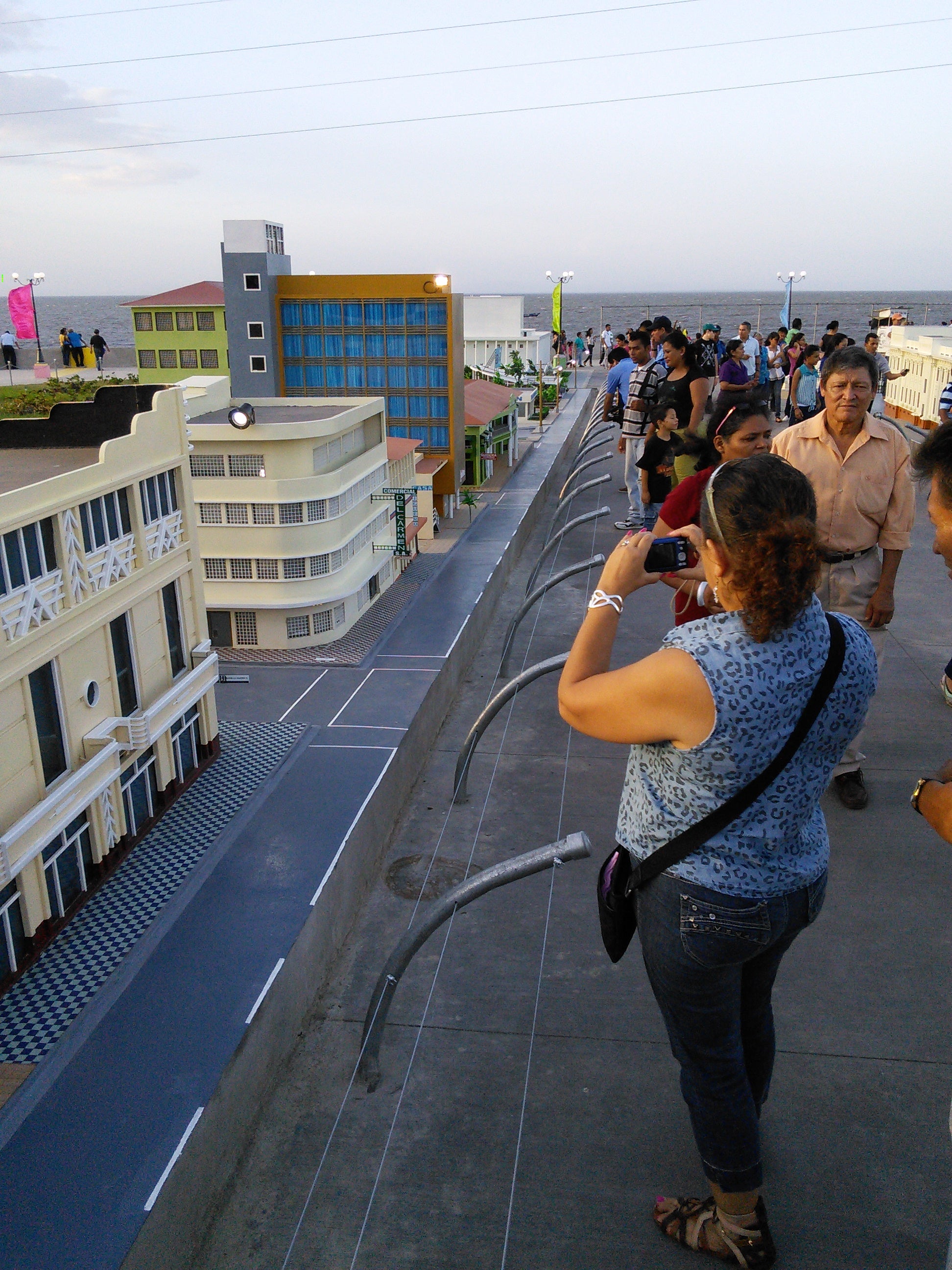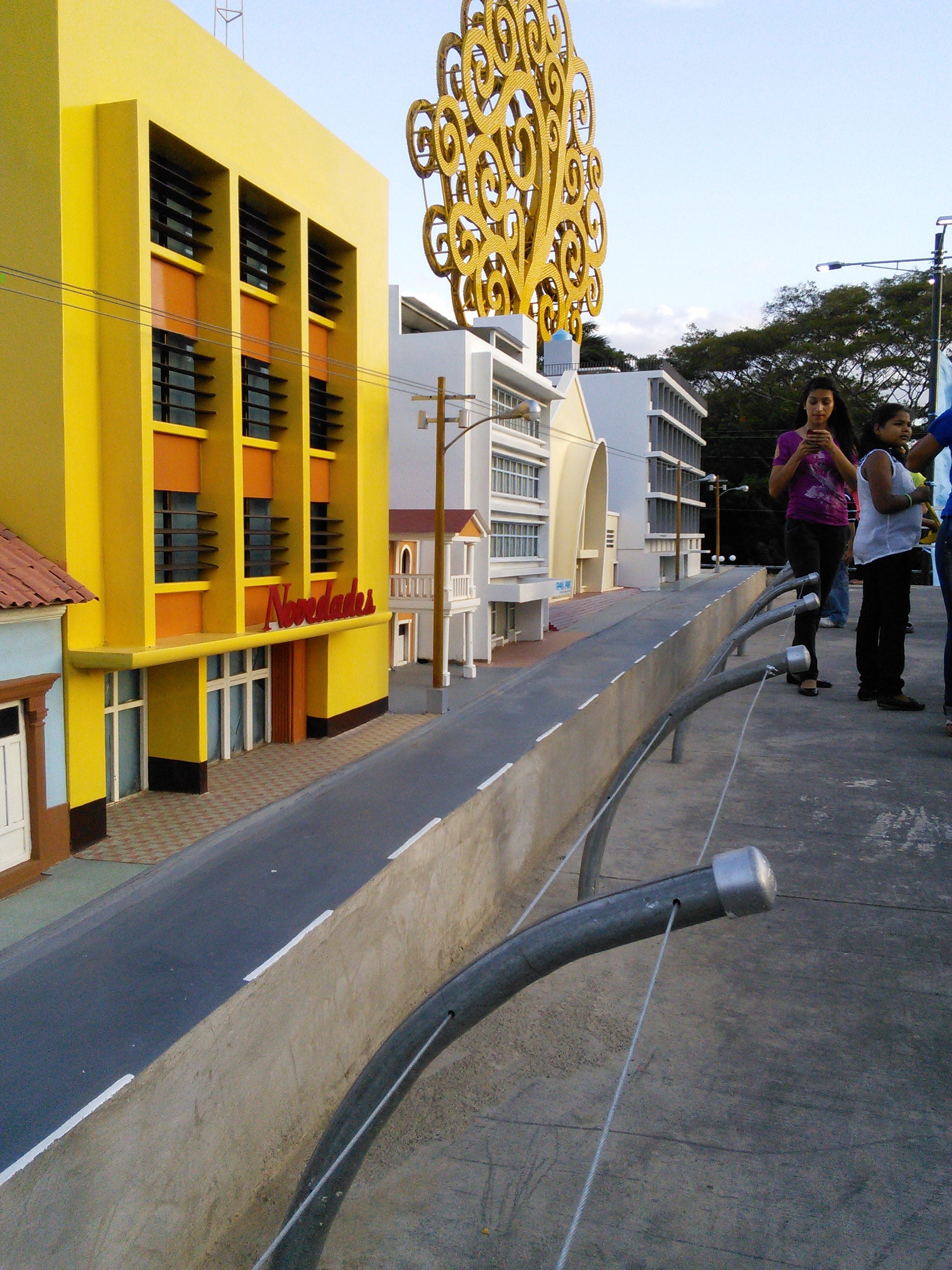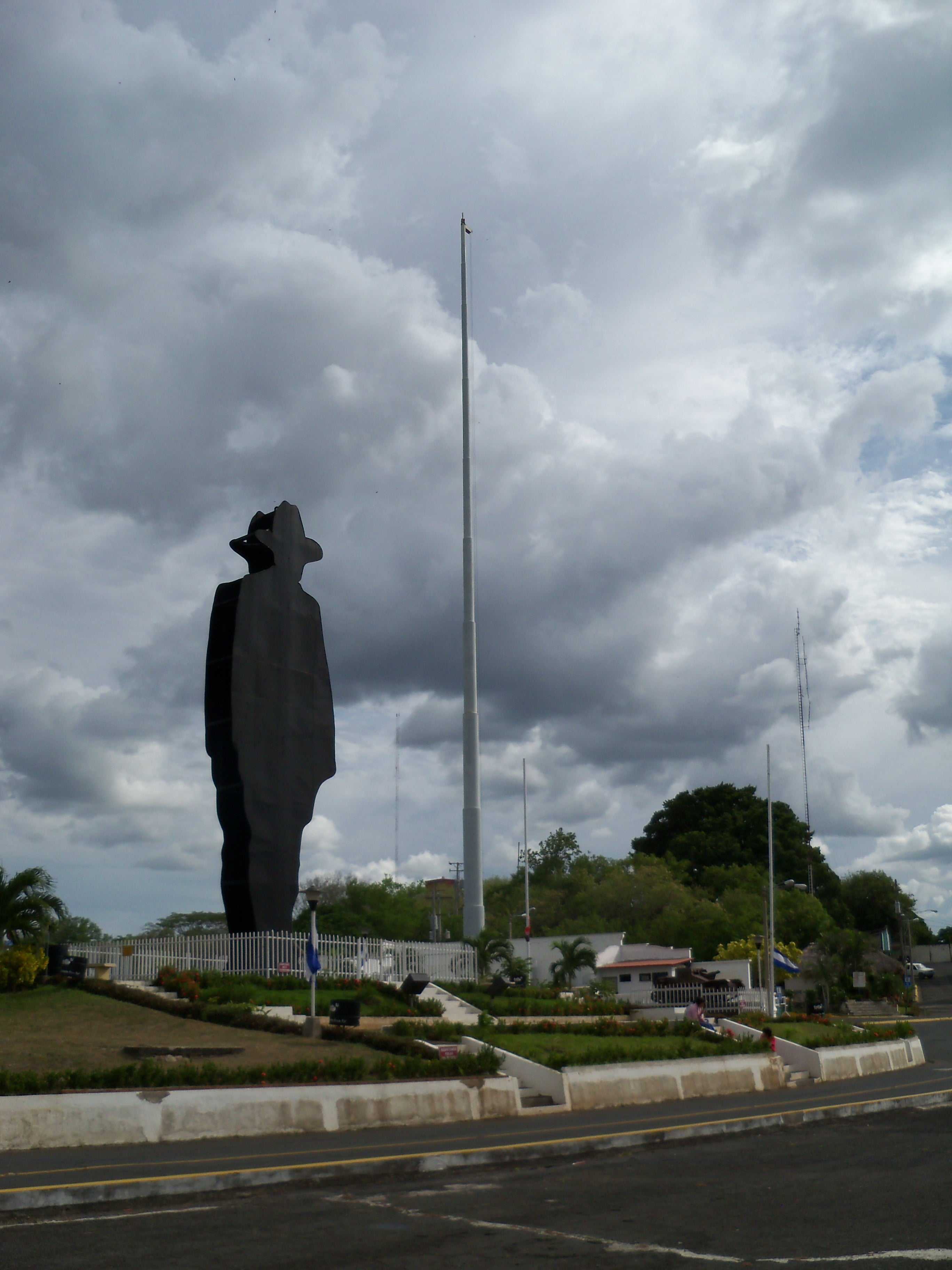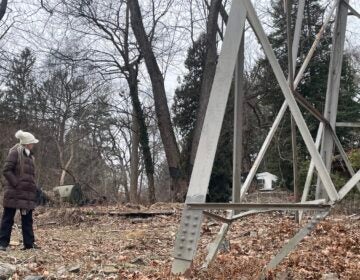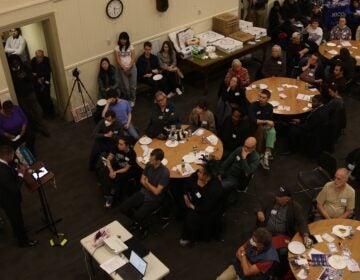Postcard from Managua
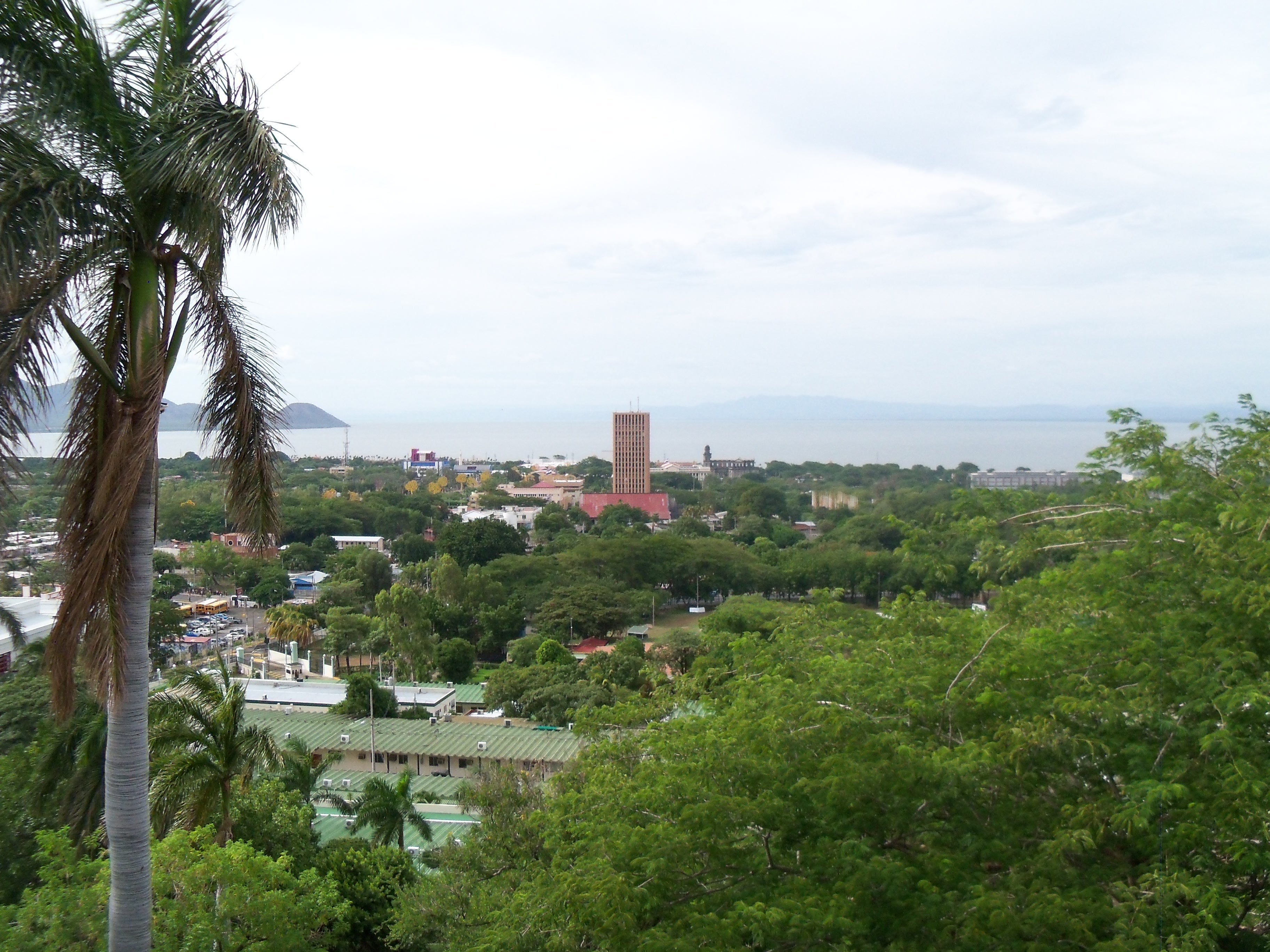
Whenever I travel, I try to make mental observations about the development of other cities and towns that might be interesting or relevant to readers here in Philadelphia. Usually these observations are uncompelling, but over the past few weeks, I was lucky enough to travel around Nicaragua with a friend who makes full-time work out of observing that place, in particular its capital city, Managua.
The friend’s name is David Lee. He’s a history student at Temple University who has been living in Managua since the beginning of the summer, working on his dissertation.
One afternoon in the middle of the trip, Lee allowed himself to be questioned about one particular chapter of his work, dealing with the planning and development of Managua since the early 1970s. That’s what the rest of this note is about: old ideas about planning and their impact on a place damaged by natural disaster and civil war. Its connection to Philadelphia is indirect, and its subject is a friend for whom I have a great deal of affection. If that doesn’t bother you, read on.
At the few institutions of cultural memory I visited during my stay in Nicaragua, I noticed a particular tendency for stories to start at the beginning. At the national museum in Managua, the first display boasts that Nicaragua is one of the youngest countries in Central America and the world. Meaning geologically—the land itself was some of the last to be pushed up out of the sea during the convergence of North American and South American plates. At another museum in León, the first room told the story of the building’s former use (a prison), and the second told the story of the woman who created the museum. The rest was the museum.
My conversation with Lee started more in the middle of things. In the middle of the last century, downtown Managua was a smaller, denser place than it is today. The rich and the poor lived in close proximity, until the old town was destroyed almost entirely by an earthquake in 1972. Since then, Managua has developed haltingly, diffusely.
A native Georgian in his mid-30s, Lee has described himself, more or less accurately, as lanky and bookish. He wears a beanie when it’s cold enough for that, and a cap when it isn’t. He dresses casually, and when he isn’t wearing his glasses, he looks sort of surprised.
“According to Managuans and many other people, they don’t believe that Managua was ever rebuilt after the earthquake,” Lee told me. “That it simply spontaneously formed out of the rubble of the city, and there was no real planning and that’s why the city itself seems very disorganized and in disarray.”
This belief is accompanied by the belief that the dictator at the time of the earthquake and until the end of the 1970s, Anastasio Somoza DeBayle, basically stole all the foreign aid money that came in after the earthquake. (“And that’s probably true,” Lee said. “There was an immense amount of corruption.”)
But it wasn’t just a vacuum of money that prevented the old town from being rebuilt to its former glory.
“What I discovered in reading the documents and reading through old newspapers and looking through U.S. government documents is that there was a plan to rebuild the city, and Managua as it is today was basically intentionally designed as such, to be this spread-out, highly decentralized space, low-density living space,” Lee said. “… In the new city that these Americans designed, based on whatever their ideas were of the latest, greatest urban design principles, they believed that the city would be more efficient should they segregate the poor from the rich, supposedly putting the poor near where their potential employment would be, which would be in factories which were supposedly going to pop up after the earthquake.”
Lee zoomed out.
“The central premise of American foreign policy at the time, ever since the Alliance for Progress, if not further back, was that America, especially during the Cold War, America is cultivating these allies in places like Latin America to protect democracy, to protect freedom, and to prevent the people from turning toward communism. So our intimate alliance with someone like Somoza was built in principle on the idea that we were protecting the people from something worse, which was communism, and also that American aid would contribute to eventually democratizing the country. So rebuilding the city in this particular way was a way of imagining the downfall of the dictatorship: not today, not tomorrow, but someday. Redesigning the city in a more efficient and modern manner would help remove power from this dictator.
“Meanwhile, the dictator was—you know, it seems unlikely that a dictator would agree to any plan that’s going to somehow rob him of his prerogatives, and of course, this one was no idiot. So he realized that these plans, far from removing power from him, would actually help him accrue it …”
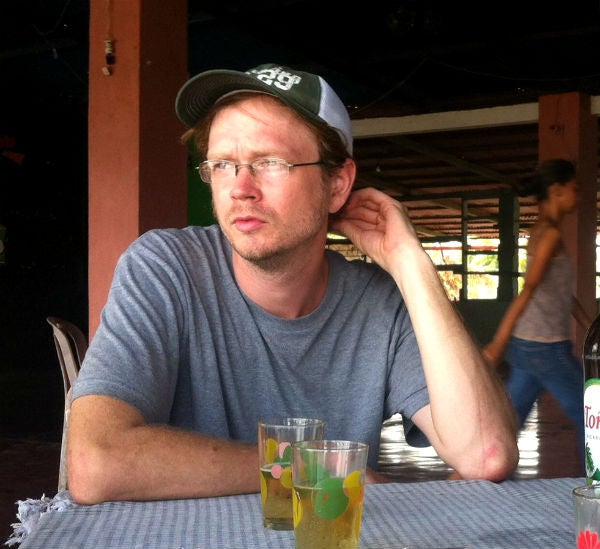
So Somoza bought up land along the routes of the new highways that were to be built around Managua. One of the first of those was the suburban highway, known to Managuans as the bypass. It was built as a ring around the old city center, which in the years following the earthquake was surrounded by barbed wire so no one could build there. All the parties in power—American planners and the Nicaraguan leader—agreed in principle to decentralizing and deconcentrating the city, Lee told me. (And the reasons for that plan had to do with the potential for more earthquakes as much as the potential political ramifications.) But they had different ideas of what it would accomplish.
Lee reminded me that the organizing principles of this type of development—economic segregation, a focus on mobility by car—were starting to be discredited in the U.S. around the time they were being implemented in Managua.
“The overlap between the design problems in the U.S. and in Nicaragua I believe is due to the inability of designers to develop a theory of power …” he later wrote to me in an email. “By sidestepping the issue of power disparity and imaging modern design and economic development as panaceas, they ended up exacerbating urban crises in both places.”
The envisioned factory employment for the poor on the outskirts of the town never materialized. And as the city started developing along the new pattern—outward and low-lying—and Somoza kept concentrating power, a separate alliance was forming. In the run-up to the Sandinista revolution in 1979, leftist revolutionaries became allied with some members of the Nicaraguan elite, some of whom were aghast at the power accruing to Somoza, and that alliance made the country’s revolution more successful than others in Central America.
“My belief is that there were a couple factors that spurred this kind of alliance between the elites and the revolutionaries, but I think really central to the creation of this alliance was the destruction of Managua,” Lee said. “Once these elites saw how the city was being reconstructed, that it was not going to be reconstructed in any way that was compatible with their vision of what the city should be like, and also seeing that it was augmenting the power of the dictator, they were just revolted by it. They saw the city as a monstrosity, literally speaking.
“… Traditionally, Latin American cities had been built on this Spanish model, built around a central plaza with a church, and then everything is well-organized and rational and focused around the church. This new city was aesthetically revolting to [the elite].
“Secondly, they were concerned about the class segregation. By separating the rich from the poor, they were going to corrupt both the rich and the poor. The rich people, by riding around in their air-conditioned cars, never having contact with the people of the country, were going to lose their sense of—there was this kind of aristocratic idea of, not only do you have more power over these people, but you’re in a sense their patrón. You have to use your power for the good of everyone. People like [Pablo Antonio Cuadra, a co-editor of La Prensa, Nicaragua’s largest daily newspaper] were afraid that by separating the rich, they would lose their sense of connection to the people as a whole … Classic aristocratic noblesse oblige.”
On our first day in Managua, three friends and I walked with Lee up a winding street to the top of a hill overlooking the old town and Lake Managua, which forms its northern border. The hill displays a black silhouette of Augusto César Sandino, the namesake of the Sandinista party, whose assassination was ordered in the 1930s by the former dictator, the father of Anastasio Somoza.
From the hill, we had a full view of old Managua. The view was mostly of trees and small buildings. The tallest building in site was maybe 15 stories; it was taller than the next tallest building by maybe 10 stories. Behind us lay the rest of the sprawling city.
“Now, Managua has roughly the same density all over its urban fabric, so the old town is now no more dense than any other part of Managua. People are spread out,” Lee said. “… There had been plans created, various kinds of ideas for redevelopment, but none of them ever really materialized.”
The latest addition to Managua is a string of gigantic, yellow, metal trees covered in light bulbs that are turned on at night and line one of the main streets in the city. Los arboles de la vida, the trees of life, were apparently the inspiration of Rosario Murillo, the country’s minister of communications, and wife of the current and former president, Daniel Ortega.
“I think they’re supposed to be just kind of inspiring,” Lee said. “And to be honest, whatever your feelings are about the president, his wife and what they’re doing with their money, it makes the downtown look like there’s something going on there for the first time at least since I’ve been coming here. When they’re lit up at night, it’s a spectacle—there’s something. There’s something here. At the barest minimum level it kind of makes the downtown visible again. There have been, ever since the earthquake, endless unrealized plans for redeveloping it. And this is, albeit a rather token one, I think it’s still part of the current government’s effort to remake the downtown as a cultural center again—an economic center, too, perhaps.”
“Along the lake shore, they built a few years back the Malecon, which is a kind of, well, to be unfair, tourist-trap-type lakeshore development with shops and restaurants, and then they also opened just this week something called Paseo Xolotlan—Xolotlan is the old indigenous name for Lake Managua—and they built, well, there’s a playground, and for reasons that are unclear to me there’s a jet that people can walk through, just a commercial airliner.
“And then they also built this [miniature] model of the old city, so all the old buildings are there, and Managuans are storming through it like Godzilla … People seem to enjoy it. A perennial favorite is the kind of photographic exhibition of the old Managua and the same thing has happened when I visited this new mini-Managua: anyone over 40 walks through it and is like, ‘Oh yeah, this was X building, this was here, this is where my uncle lived, this is where my friend lived …’ So this memory of these places is still very much alive.
“People look back with a real sense of loss, I think, to what the city used to be.”
WHYY is your source for fact-based, in-depth journalism and information. As a nonprofit organization, we rely on financial support from readers like you. Please give today.

